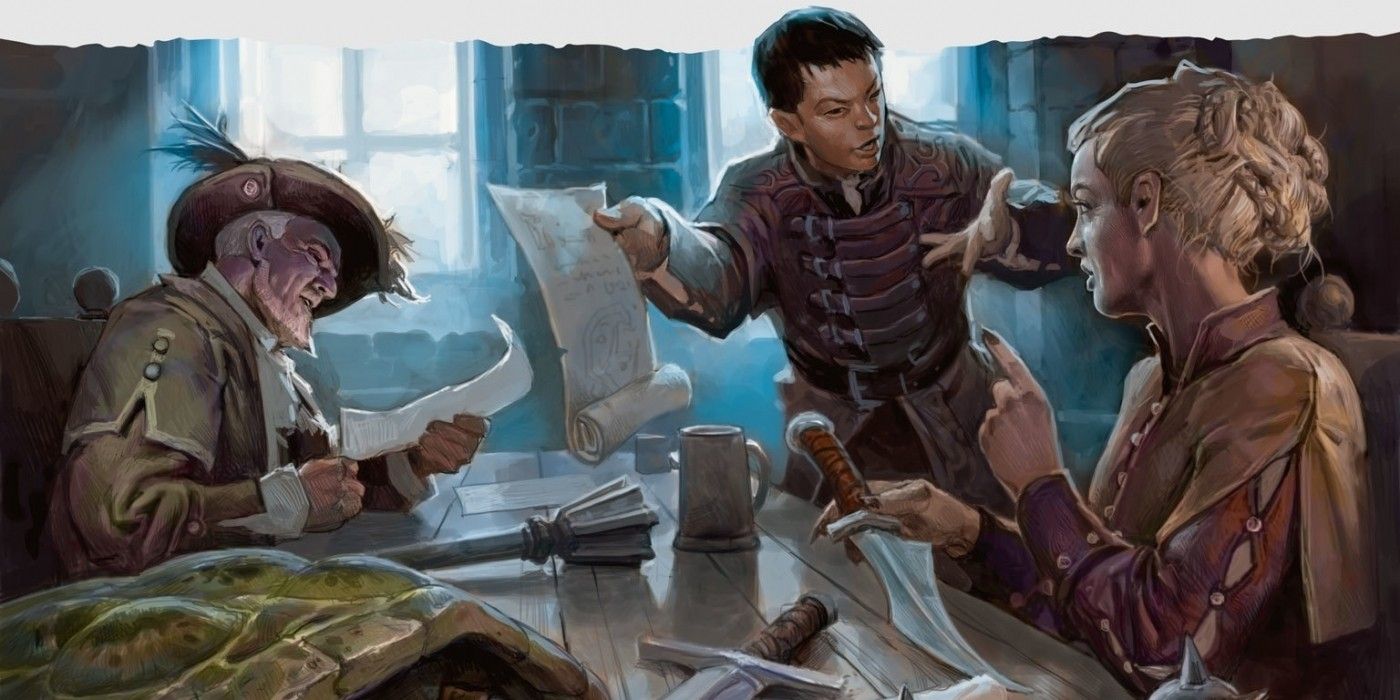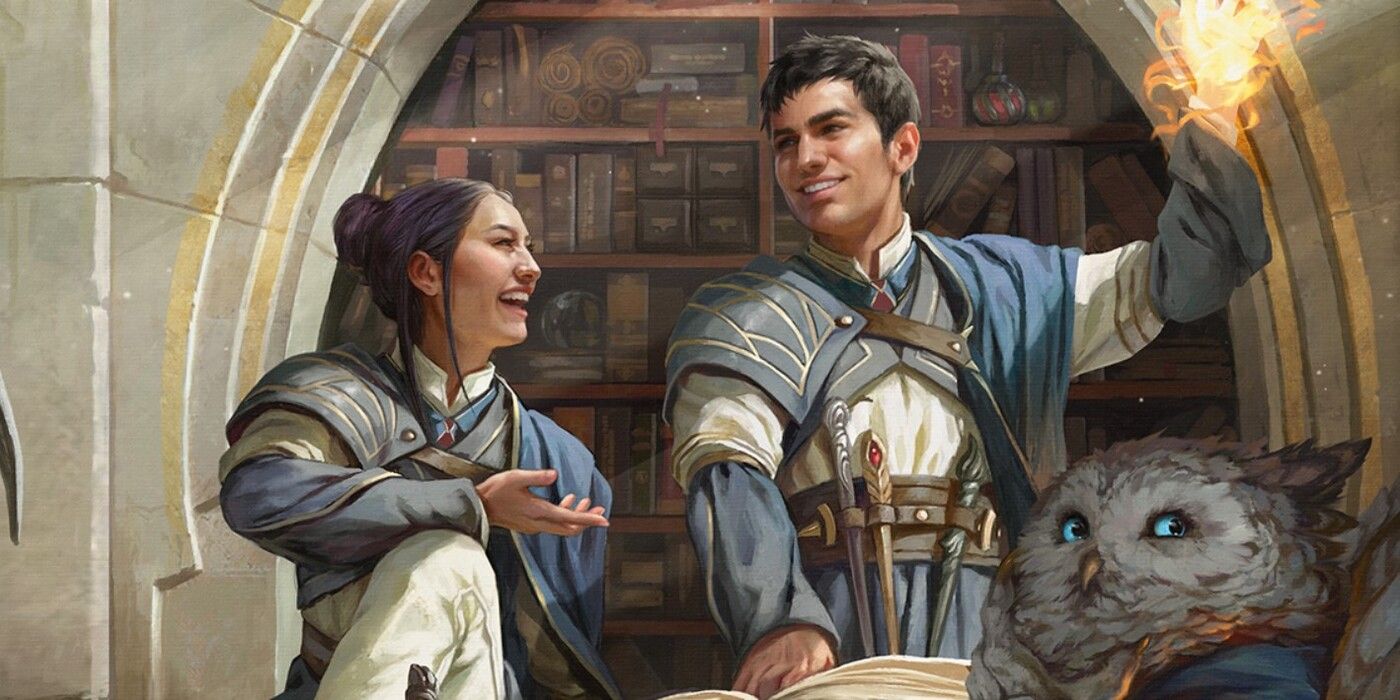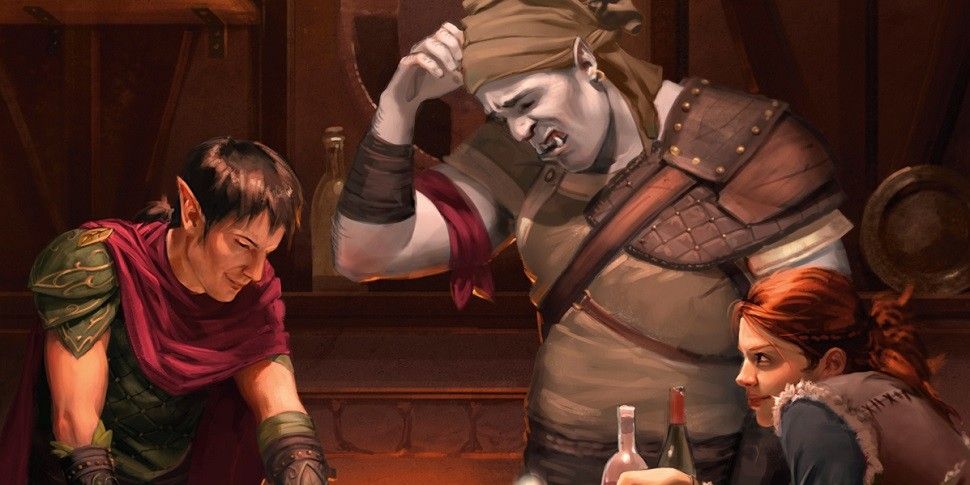Summary
- Establishing clear boundaries and personal rules is crucial for a good playing environment in Dungeons and Dragons, ensuring everyone's comfort and preventing conflicts.
- Dungeon masters and players should carefully consider the risks of disrespecting boundaries, as it can lead to hostility, damaged friendships, and even the disintegration of the campaign.
- DMs can use consent sheets and "stop" measures to create a player-friendly atmosphere, allowing players to express their discomfort and ensuring that everyone at the table has a voice.
Dungeons and Dragons has become extremely popular in recent years with player content like Critical Role and Dimension 20 inspiring people of all walks of life to give the game a try. With hundreds of new players and new dungeon masters, there are many guides and tips online for how to properly begin playing. What new and experienced players alike should consider, however, is what goes into a good playing environment before the dice even hit the table.
At the start of a campaign, and even at some points during the adventure, players and DMs alike should make a point to check in with the table to discuss comfort, boundaries, and personal rules. These can include small things, like player preference for role play over combat, or extremely detrimental things, like how a player feels about certain topics in a story. No matter the size of the boundary or conflict, it should be brought to the attention of every person at the table, especially the DM.
The Risks
The first thing that a dungeon master and the players at the table should consider when approaching player comfort is the danger and risk of disrespecting boundaries. When it comes to D&D, one player's actions impact everyone at the table. A role-playing decision from one person can send the whole group into disarray.
This can lead to hostility between players, and even the DM, which can often result in the loss of friendships if things get bad enough. Even something as small as a bad joke can eventually snowball into a fight that destroys the campaign and the group as a whole. This isn't to say that one player's boundaries can control what game the others are playing, though. If someone's comfort compromises the premise of the campaign entirely, it may just be best for that player to find another campaign.
It is crucial to be picky about what campaigns to join, especially as a new player. One should be sure that their boundaries will be respected, and that the story is right for them to participate in. This goes for a DM as well; a DM should never feel trapped in a game with players who don't respect their story. It's a good idea for players and DMs to shop around and get details on the campaign or players that they want to play with. This way, there are fewer conflicts down the line.
What Can The DM Do?
The DM has a certain level of control and authority over the campaign, and it is important that they retain this control in order to make the game fun and respectful for everyone. So, what are some things that they can do to make sure things stay player-friendly?
Starting with session zero, it's a good idea for DMs to pass around consent sheets. These sheets can be found online for print, and they list multiple topics that players can cross out or make note of if they make them uncomfortable. The sheet contains certain ratings, allowing the choice of avoiding topics completely, handling them off-screen, or speeding through them quickly. These sheets allow the players to air their concerns with the DM privately, no questions asked. Players should also message each other with their own boundaries if they feel comfortable, that way the table can avoid an accidental breach.
Another safety tool that the DM can implement is a "stop" measure. Anyone at the table can simply say "pause" or "stop" and halt gameplay to discuss the scene or situation out of character. This allows players to air their discomfort as the scene unfolds and prevent any further upset. The DM can also give the option for players to hold up a colored card or slip of paper to signal the stop. Either way, measures like this ensure that everyone at the table has a voice.
Safety tools aren't just for discomfort and traumatic experiences; they can also be used to avoid arguments or to ensure that everyone is feeling alright. Sometimes during role-play, things can get so tense and heated that they leak into real life. When this happens, it's always a good idea to stop and make sure everyone is doing okay. Simple questions like "Are you upset or just really in character?", or "Out of character, is everyone okay with this?" can save the group from real-life arguments that leave the party feeling bitter.
Resolving Conflicts
Despite all the safety tools in the world, there is always a possibility that something will happen. One of the players crosses a line that another didn't know they had, or the DM forgets one of the rejected topics and upsets a player. However it happens, it's important to know how to fix it.
The best thing to do is to talk about the issue. If a player chooses not to speak up and lets their frustration stew, things will only be worse down the line. What could have been resolved in minutes turns into losing players or discontinuing the game entirely. Even though it may be awkward and the player might not want to speak up, talking about the issue is the best course of action to take in this situation. All it takes after that is choosing words carefully and respecting both sides of the conflict.
If the dispute is between two people, it's best to keep the conversation between those two people unless there's a reason to bring it to everyone. There's no need to bring the conflict to the attention of the entire group if it can be solved in a simple one-on-one conversation. Talking about it to other players without resolving it only aggravates the conflict and worsens things in the long run, where it becomes a group-wide problem. By keeping it one-on-one, they avoid gossip and rumors and resolve things much quicker.
Part of the fun for D&D players is cooperating with friends to pull off crazy schemes and tell an amazing story. Interacting with each other's characters is tons of fun, but it can also be complex. Taking the time to understand the DM and the other players can make all the difference.
Playing Dungeons and Dragons is a great way to meet new people and connect with friends. It allows players to experience fantastical realities and explore other worlds through their imagination. It relies heavily on mutual respect and cooperation to make these things happen, and some groups have more trouble with that than others. At the end of the day, the best thing to do is to respect boundaries, learn from mistakes, and keep the experience fun for everyone.




